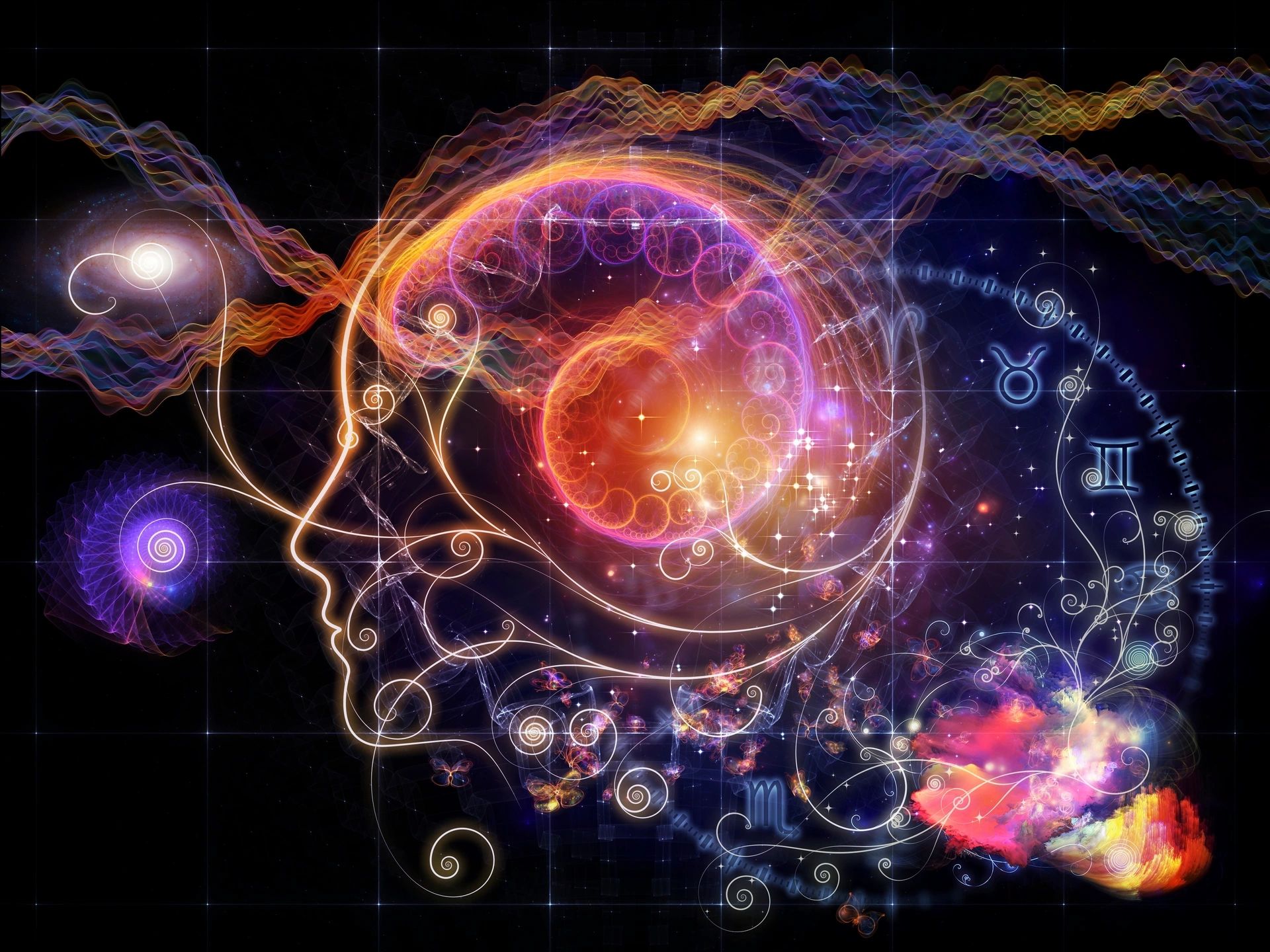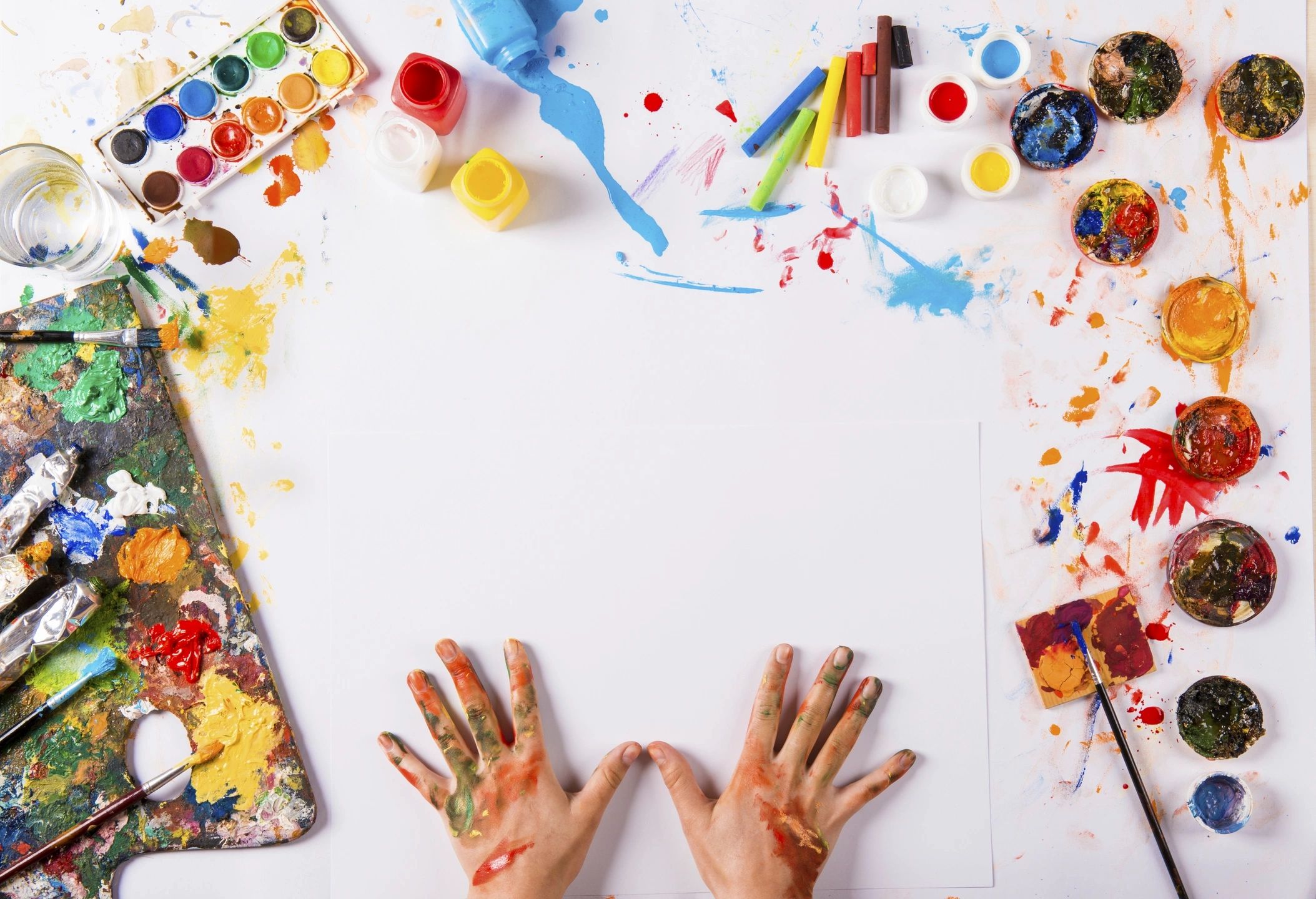Talk therapy vs. expressive therapy
Traditional therapy is “talk therapy” which is useful in many ways. It helps people identify issues that need to be addressed and make sense of their experiences. It also helps people develop insight into what’s getting in the way of making the changes they want to make. Talking about your feelings and problems is a good start but it’s often not enough to make lasting changes and actually feel better. Often I get calls from people saying they reached a plateau with their current therapist and need something more. I can give you the “more” you are looking for! I enhance therapy by also using experiential and expressive methods which means you will make progress more quickly.

Guided Imagery
Guided imagery has a wide variety of applications including helping with emotional regulation, increasing one’s sense of resiliency and strength, coping with painful memories, and decreasing anxiety. I’ve used it successfully with clients who have specific fears as well as nightmares and chronic pain. Like Inner Journey, guided imagery involves shifting the brain into a more relaxed and receptive state but is primarily led by the therapist with verbal prompts. It is different than Inner Journey in that it’s not body-centered, and it’s less interactive between client and therapist. One of the benefits to doing guided imagery in therapy rather than just buying a CD or picking something online is that I can tailor it to your specific needs and wants. Many clients choose to record guided imagery sessions so they can listen to them on their own for reinforcement. I’ve been told that my voice is very soothing which is a key ingredient to effective guided imagery.

Inner Journey Experience
I created the term “Inner Journey” to describe an combination of modalities I use when working with different parts, or aspects of a person. Inner Journey uses body sensation as a starting point to help clients connect with various parts of themselves in an intimate way. During the Inner Journey experience, I create a soothing environment (soft music, dim lights) and help clients enter a light trance state using breath work. I’m not a licensed hypnotherapist but I would consider what I do to be in the category of “Non-ordinary states of consciousness” which means that the brain is more open and receptive to insights and new ideas. I’ve had multiple clients describe Inner Journey as similar to a psychedelic experience and were amazed at how “deep” they were able to go to get to the core of their issues and heal in truly transformative ways. Inner Journey is much more interactive between myself and the client as compared to Guided Imagery, and some clients choose to record the session so they can replay it later on.

Yogic movement and breath work
In 2017 I completed my 200 hour level yoga teacher training through the Yoga Center of Columbia. Most people think of stretching and balance when they here the word “yoga” but in reality, the term “yoga” includes many different aspects and only one of them involves physical movement. Breathing practices are an integral part of the physical practice and can be done on their own as well. While I don’t currently teach yoga classes, I routinely integrate yogic movement and breath work into therapy sessions for clients who are open to doing so. Breath work is the most effective, efficient tool I know of to regulate the nervous system which is vital to improving both anxiety and depression.

Creative Expression
There are many ways to give voice to an experience or a part of ourselves. Something as simple as making a collage from magazines can be a powerful therapeutic exercise. I’ve had many clients make great strides in their therapy progress through the use of collage. I have come to believe in the power of integrating creative projects into therapy for clients who are open to doing so. Other creative modalities can involve clay, writing, drawing, painting, or making digital art. It’s not even necessary to have any art experience or to consider yourself a creative person. There are many ways to express thoughts and feelings and I encourage clients to explore these options.